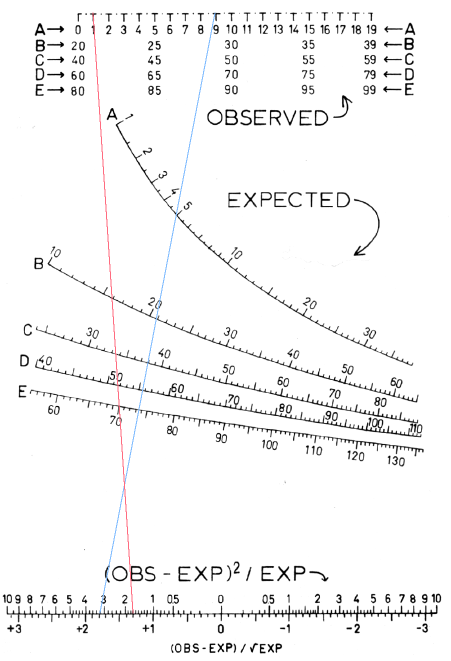0
![]() Given an Integer array, find all the indices of all the duplicate
elements in it.
For example, consider A = [4, 12, 9, 8, 9, 12, 7, 1]. Since 12 and
9 have duplicates, all their indices will be returned i.e. d = [2, 3,
5, 6]. The length of A is below 200 and the integer elements are...
Given an Integer array, find all the indices of all the duplicate
elements in it.
For example, consider A = [4, 12, 9, 8, 9, 12, 7, 1]. Since 12 and
9 have duplicates, all their indices will be returned i.e. d = [2, 3,
5, 6]. The length of A is below 200 and the integer elements are...





